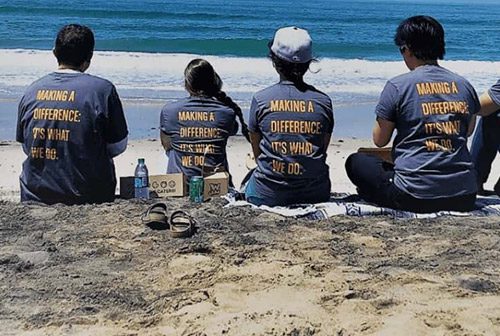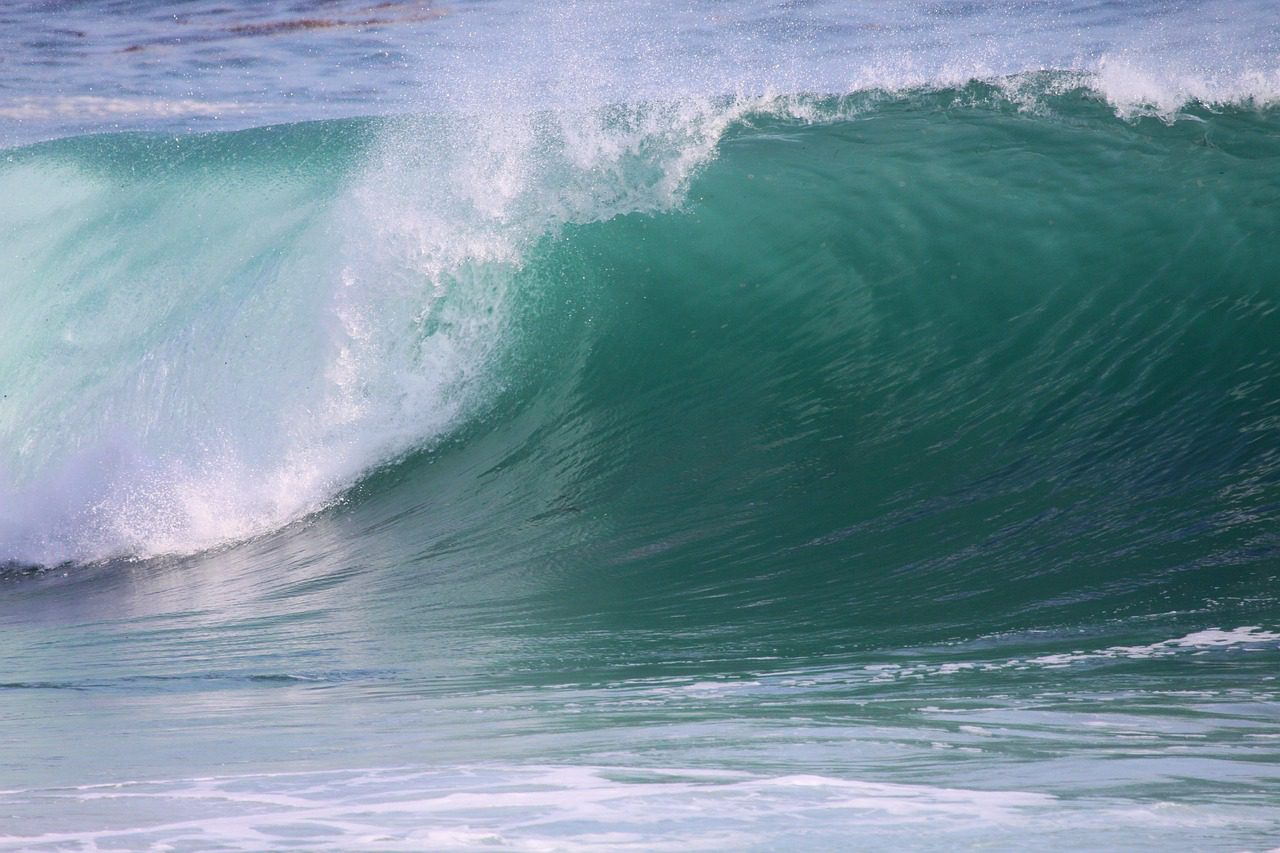Watchdog organization reports that low water levels likely affect San Diego’s water quality, too
SAN DIEGO — March 11, 2015 — Today, San Diego Coastkeeper announces the results from its 2014 Water Quality Monitoring efforts, including an analysis of countywide trends and individual Water Quality Index Scores for nine watersheds. According to Coastkeeper, last year’s data reveals the region’s drought likely correlates to worsening water quality of San Diego’s inlands waters, the same fresh water that eventually reaches the county’s coastal and ocean waters.
The 2014 Water Quality Scores of the nine San Diego County watersheds are:
| San Luis Rey | 77 | Fair |
| Carlsbad | 72 | Fair |
| San Dieguito | 76 | Fair |
| Los Peñasquitos | 76 | Fair |
| San Diego | 72 | Marginal |
| Pueblo | 64 | Marginal |
| Sweetwater | 62 | Marginal |
| Otay | 53 | Marginal |
| Tijuana | 12 | Poor |
When Coastkeeper analyzed this data, countywide results show that 30 percent of the samples measured below healthy levels for dissolved oxygen. Coastkeeper Program Director Travis Pritchard says this worries him because when dissolved oxygen measurements reach levels this low, aquatic life dies. He said his team discovered at least one occurrence of this type of wildlife loss in a fish kill at San Luis Rey River in April 2014.
The second water quality trend likely related to drought conditions is high levels of fecal indicator bacteria shown in lab samples from 2014–57 percent of the Enterococcus samples exceeded healthy standards and eight of nine watersheds scored marginal or poor for their E. coli scores.
At unhealthy levels, indicator bacteria show that salt and fresh waters carry pollutants that can cause human health impacts such as staph infection, ear infection, hepatitis and many other other illnesses.
“Sadly, none of our watersheds scored higher than fair this year, so we have work to do to improve water quality in San Diego County,” said Pritchard. “Our data also illustrates something that we’ve always known, and can now show with science–all aspects of a watershed’s ecosystem are connected and changes ripple throughout.”
Each month, Coastkeeper’s Water Quality Monitoring Lab collects and analyzes water samples for basic chemistry, nutrients, and bacteria from nine out of 11 watersheds in San Diego County. Last year 194 volunteers gave a total of 1,888 hours to collect water samples from San Diego’s inland waterways.
The program creates a pathway for residents to learn the scientific tools they need to understand their local watersheds and directly influence local resource management.
More samples collected means more robust data used to inform the public. Sign up and get trained. Here is the 2015 water quality monitoring schedule:
- March 21: New Volunteers, 8 a.m. – Returning Volunteers, 11 a.m.
- April 18: Returning Volunteers Only – 9 a.m.
- May 16: New Volunteers, 8 a.m. – Returning Volunteers, 11 a.m.
- June 13: Returning Volunteers Only – 9 a.m.
- July 18: New Volunteers, 8 a.m. – Returning Volunteers, 11 a.m.
- Aug. 15: Returning Volunteers Only – 9 a.m.
- Sept. 26: New Volunteers, 8 a.m. – Returning Volunteers, 11 a.m.
- Oct. 17: Returning Volunteers Only – 9 a.m.
- Nov. 21: New Volunteers, 8 a.m. – Returning Volunteers, 11 a.m.
- Dec. 12: Returning Volunteers Only- 9 a.m.
Monthly water quality results are posted on the Coastkeeper website every month: click to see February 2015 results. Visit our blog to read the full report, San Diego Water Quality in 2014.
###
San Diego Coastkeeper
Founded in 1995, San Diego Coastkeeper protects and restores fishable, swimmable and drinkable waters in San Diego County. For more information, visit San Diego Coastkeeper online at https://www.sdcoastkeeper.org.















